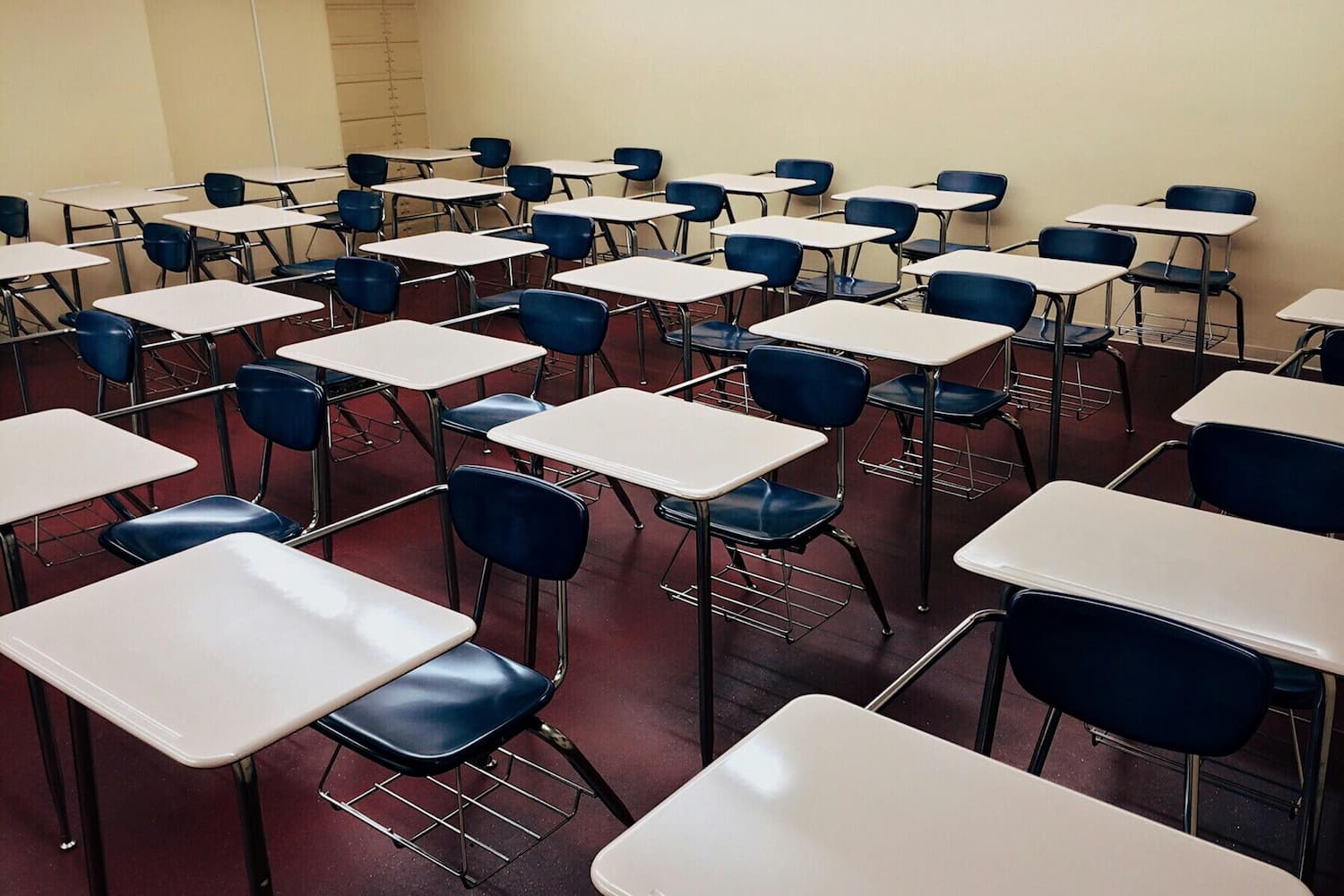When choosing a college, most students focus on academics, location, and cost. But there’s another factor that deserves just as much attention: safety. While college is a place for learning and growth, some campuses are unfortunately known for higher rates of crime and safety concerns. In this article, we explore the most dangerous college campuses in the United States, highlight current safety trends, and provide helpful resources for students and parents alike.
Why Campus Safety Deserves More Attention
Campus safety goes beyond occasional thefts or minor incidents. It affects mental well-being, freedom of movement, and a student’s overall college experience. Some universities are located in neighborhoods with elevated crime rates. Others lack sufficient campus security or fail to address ongoing safety issues transparently.
When students don’t feel safe walking across campus at night or worry about incidents in their dorms, academic performance and emotional health can suffer. That’s why it’s important to research not just the college itself, but also its safety record.
Most Dangerous Colleges: What the Numbers Say
Data from the U.S. Department of Education and annual campus crime reports shed light on schools that frequently report high levels of crime. This includes everything from burglary and vehicle theft to assault and sexual offenses. Some campuses have earned a reputation over the years based on recurring safety concerns and high crime statistics.
Among the most dangerous colleges, a few names consistently appear in crime reports and student complaints:
- University of New Mexico
- Georgia State University
- Morgan State University
- Texas Southern University
- University of Memphis
These institutions may offer strong academic programs, but their urban settings and history of reported incidents contribute to their reputation as high-risk campuses.
What Makes a College Campus Unsafe?
There’s no single reason why a campus may be considered unsafe. Typically, it’s a combination of the following factors:
- Location: Schools in high-crime areas are naturally more exposed to risk.
- Lack of security presence: Campuses without visible or responsive campus police are more vulnerable.
- Poor lighting and infrastructure: Dimly lit paths and isolated areas make students easy targets.
- Underreporting and mismanagement: If a school fails to take incidents seriously or hides data, problems can worsen.
- Inadequate mental health support: Behavioral incidents may go unchecked when mental health isn’t prioritized.
In many cases, these issues go unaddressed until a serious event brings them to public attention.
Real Student Experiences: The Most Unsafe Universities in USA
Statistics tell one part of the story, but student voices bring critical context. Firsthand accounts provide insight into what day-to-day life is actually like on certain campuses. That’s why community forums have become a go-to source for prospective students seeking unfiltered perspectives.
A recent thread on NoCramming, titled “Most Dangerous College Campuses in the U.S.”, has drawn widespread attention. Students and former attendees shared their personal experiences, citing real incidents like:
- Robberies just outside student housing
- Unresponsive or disorganized campus security teams
- Harassment going unpunished
- Lack of accountability after violent incidents
These testimonials show that safety concerns aren’t limited to isolated events – they’re often patterns that persist for years.
If you’re considering a school that’s mentioned in the thread, it’s worth doing your own research and asking current students directly about their experience. Sometimes, student-run discussions reveal more than official brochures ever could.
Most Dangerous Colleges in America: A Broader Pattern
The thread also highlights that many of the most dangerous colleges in America share certain characteristics:
- They are located in large metropolitan areas
- They often have open campuses with easy public access
- Their administration may struggle with transparency and student communication
- Crime spillover from surrounding neighborhoods often goes unchecked
None of this means these schools don’t offer value – but it does mean students must be more proactive about personal safety.
How Multimedia Training Can Help Prepare Students
So, what role can multimedia education play in this context? As a platform focused on interactive, video-based learning, we at MultimediaTrainingVideos.com believe in equipping students not only with academic skills but also life skills – like personal safety awareness.
Video-based safety courses, virtual campus walk-throughs, and real-life scenario training are effective tools for educating students about risks and responses. Whether it’s recognizing red flags or learning how to report an incident, these resources empower students to make safer choices.
We strongly encourage universities – especially those with higher safety concerns – to integrate multimedia safety training as part of their orientation programs. Students are far more likely to engage with short, impactful video lessons than long manuals or infrequent campus alerts.
Staying Safe: Tips for Students on Any Campus
Regardless of which school you attend, every student can take steps to protect themselves:
- Use well-lit routes at night and avoid walking alone.
- Download your campus safety app and keep emergency contacts handy.
- Report all suspicious activity immediately – even if it seems minor.
- Attend safety workshops or self-defense classes.
- Participate in student-led safety committees.
While the university has a role to play, students must also be active participants in their own safety.
Final Thoughts
Safety is one of the most overlooked factors in the college selection process – but it shouldn’t be. As the conversation continues online and more students speak up, resources like the NoCramming forum thread offer valuable insight into the most dangerous college campuses and help future students make smarter choices.
Don’t base your decision solely on rankings and reputation. Dig deeper. Read reviews. Ask questions. And most importantly, make your safety a priority.

Recent Comments